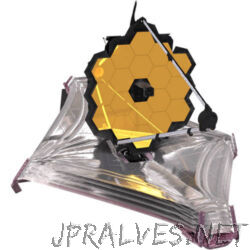Other

“An international team of astronomers has used NASA’s James Webb Space Telescope to provide the first observation of water and other molecules in the highly irradiated inner, rocky-planet-forming regions of a disk in one of the most extreme environments …
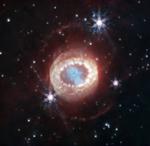
“NASA’s James Webb Space Telescope has begun the study of one of the most renowned supernovae, SN 1987A (Supernova 1987A). Located 168,000 light-years away in the Large Magellanic Cloud, SN 1987A has been a target of intense observations …
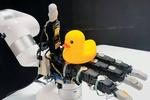
“Inspired by the effortless way humans handle objects without seeing them, a team led by engineers at the University of California San Diego has developed a new approach that enables a robotic hand to rotate objects solely through touch, without …
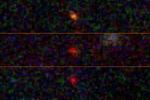
“Stars beam brightly out of the darkness of space thanks to fusion, atoms melding together and releasing energy. But what if there’s another way to power a star? A team of astrophysicists including Katherine Freese at The University of …
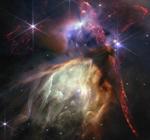
“NASA’s Jet Propulsion Laboratory led the development and delivery of Webb’s Mid-Infrared Instrument (MIRI). From our cosmic backyard in the solar system to distant galaxies near the dawn of time, NASA’s James Webb Space Telescope has delivered …

“Researchers observed TRAPPIST-1 c on four occasions using the telescope’s Mid-Infrared Instrument. An international team of researchers has used NASA’s James Webb Space Telescope to calculate the amount of heat energy coming from the rocky exoplanet TRAPPIST …
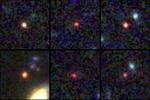
“AUSTIN, Texas — The James Webb Space Telescope (JWST) appears to be finding multiple galaxies that grew too massive too soon after the Big Bang, if the standard model of cosmology is to be believed. In a study published in Nature …
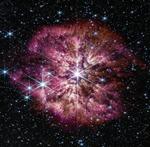
“A massive star on the cusp of death ejected huge volumes of hot gas into space. Webb’s Mid-Infrared Instrument revealed the structure of the material now surrounding the star. The rare sight of a Wolf-Rayet star – among the most …

“Peering through obscuring clouds of dust, the MIRI instrument has revealed networks of giant cavities and blown-out bubbles in the gaseous arms of distant galaxies. Researchers using NASA’s James Webb Space Telescope are getting their first look at star …

“NASA’s newest astrophysics observatory wasn’t designed to look for small objects in our solar system, but scientists using its Mid-Infrared Instrument may have done just that. An asteroid roughly the size of Rome’s Colosseum – between 300 to …

